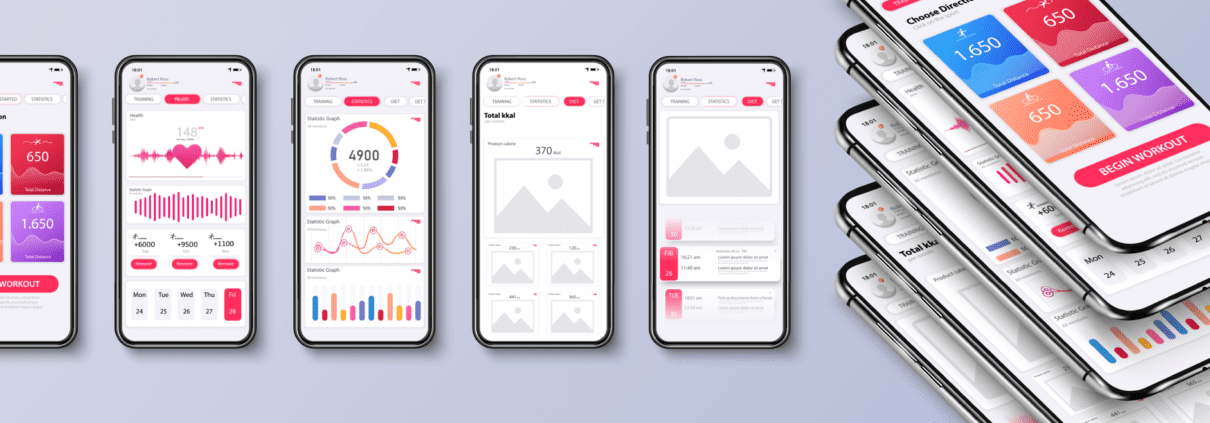4 Best Practices for Mobile App Testing
Mobile app testing is an integral part of the development process because it ensures a good user experience. Testing can be quite complex and expensive due to the numerous things to consider. An app needs to work on different screen sizes, operating systems, and varying usage scenarios. Quality assurance is therefore important in ensuring that there is indeed a business case for the app.
When planning for mobile app testing in the development phase, some best practices will help to regulate costs without sacrificing the quality of the testing. Here are a few of them.
Test Automation to Improve Efficiency and Productivity
Automation tools for mobile testing enable the process to happen at a faster rate than would have been possible through manual testing. The process can recur many times without the risk of failure. Automation also ensures the coverage of all areas in the test plan. In addition, as development of an app goes and new features come up, the number of tests to be done increases. Manual testing is unlikely to keep up. Test automation, therefore, can significantly reduce the amount of time it takes an app to get to market.
Getting the Right People for Testing
Testing tools are just that, enablers for your testing team. The team needs people who possess the right experience and passion for quality assurance. Being able to write proper test plans is quite important. The testing phase is arduous and requires focus because only a small portion of tests will raise alarms. They need to focus on that small portion. The testing team requires proper communication skills and the ability to hold those responsible for fixing errors to account. It has to be a proper mix of diplomacy and firmness.
Testing for Real-World Environments
Testing of the app should include considerations of real-world environments and use cases. For instance, you should test the app to see how it holds up in unstable network scenarios, or different GPS locations and time zones. Other examples would be when the device is on low battery or when there are interruptions from calls and texts. Automated testing is crucial for getting all these tests to take place within a short time and thousands of times if need be.
Data-Driven Testing
Testing should be data-driven. This means having ready test-data stored in an external location in readiness for automated testing. The data is meant to simulate different user actions, use cases, or environments. The main advantage of data-driven testing is repeatability and reusability. A single script can be run thousands of times over.
Finally, when running tests, it’s important to look out for developments in the versions of the various operating systems the app is going to run on. There is no need to test for performance in an obsolete version of an operating system. Further, if a new version is released, you ensure that the app will perform properly there.
If your company intends to develop a business app, NS804 can help with the development, testing, and release of the app. Get in touch with us today.





Leave a Reply
Want to join the discussion?Feel free to contribute!